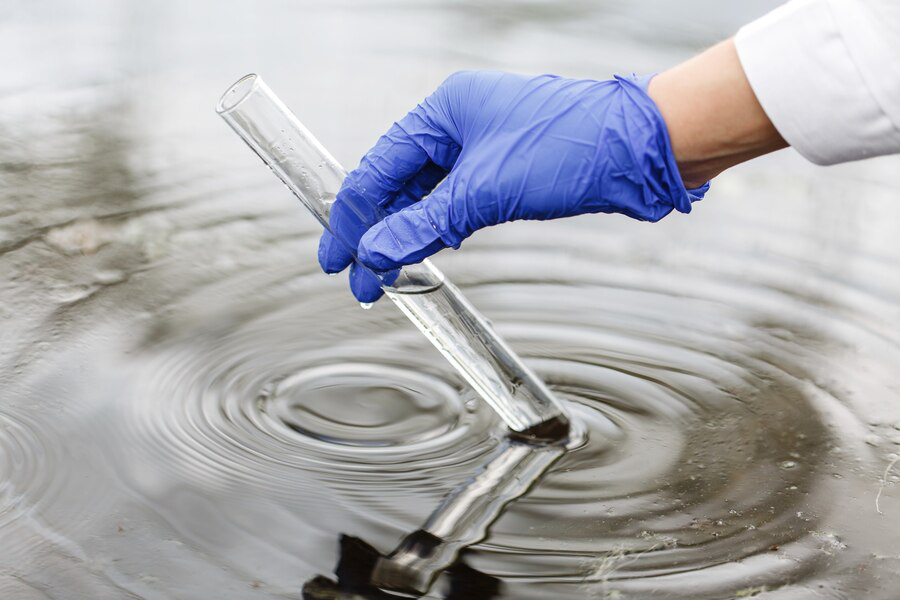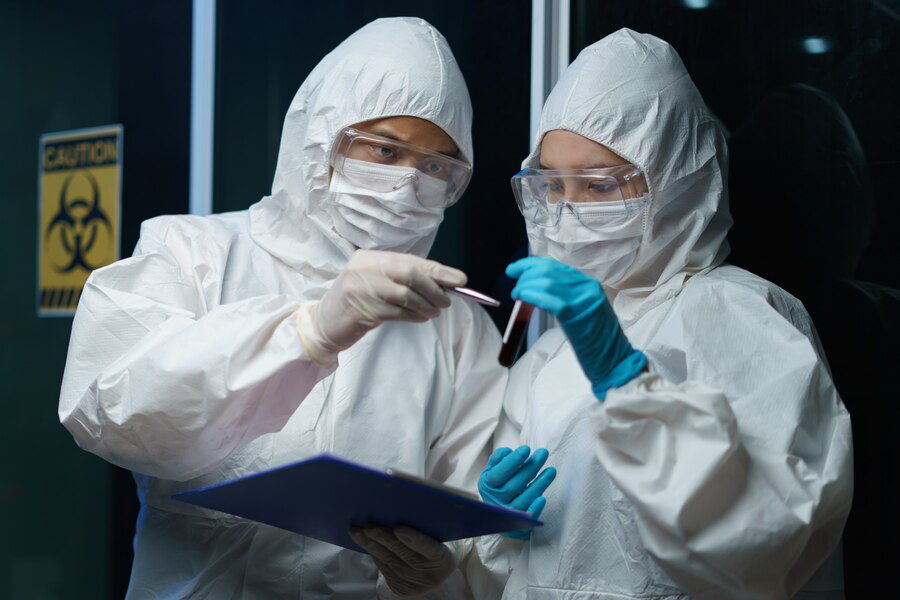Mold is not just a nuisance; it can pose serious health risks and compromise the structural integrity of your home. As a homeowner, being equipped with the essential knowledge of mold remediation is crucial for maintaining a safe and healthy living environment. From prevention to clean-up, here’s your comprehensive guide to mold remediation essentials.
Understanding Mold:

Before diving into remediation, it’s important to understand what mold is and how it thrives. Mold is a type of fungus that reproduces through spores and thrives in damp, humid environments. Common indoor molds include Aspergillus, Penicillium, and Stachybotrys (black mold). Mold growth is often accompanied by a musty odor and can appear as black, green, or brown spots on surfaces.
Prevention is Key:
Preventing mold growth is the first line of defense. Here are some essential tips for mold prevention:
Control Moisture: Keep indoor humidity levels below 60% by using dehumidifiers and ensuring proper ventilation, especially in high-moisture areas like bathrooms and kitchens.
Repair Leaks: Promptly repair any leaks in plumbing, roofing, or windows to prevent water intrusion.
Monitor Condensation: Condensation on windows or walls indicates high humidity levels. Wipe down surfaces and address the underlying humidity issue.
Proper Ventilation: Use exhaust fans in bathrooms and kitchens to remove moisture and ensure proper airflow throughout the home.
Identifying Mold:
Early detection is crucial for effective mold remediation. Keep an eye out for signs of mold growth, including:
Visible mold on walls, ceilings, or other surfaces.
Musty odors, especially in enclosed spaces.
Water stains or discoloration on walls or ceilings.
Allergic reactions such as sneezing, coughing, or itchy eyes when indoors.
If you suspect mold growth but cannot locate it, consider hiring a professional mold inspector for a thorough assessment.

DIY Mold Remediation:
For small areas of mold (less than 10 square feet), you can attempt DIY remediation following these steps:
Protect Yourself: Wear protective gear such as gloves, goggles, and an N95 respirator to avoid inhaling mold spores.
Containment: Seal off the affected area with plastic sheeting and duct tape to prevent mold spores from spreading to other parts of the house.
Removal: Use a solution of water and detergent to scrub mold off hard surfaces. For porous materials like drywall or carpeting, it may be necessary to remove and replace them.
Drying: Thoroughly dry the area using fans and dehumidifiers to prevent mold from returning.
Disposal: Dispose of contaminated materials in sealed plastic bags to prevent further contamination.
When to Call a Professional:
While DIY remediation may suffice for small-scale mold problems, larger infestations or hidden mold require professional intervention. Consider hiring a certified mold remediation specialist if:
Knowing when to call a professional mold remediation specialist is essential for ensuring the effective and safe removal of mold from your home. While some minor mold problems can be addressed with DIY methods, certain situations warrant the expertise of professionals. Here are some scenarios in which it’s advisable to seek professional assistance:
Extensive Mold Growth: If the mold infestation covers a large area, typically more than 10 square feet, professional remediation is recommended. Extensive mold growth indicates a significant underlying moisture problem that requires thorough assessment and specialized equipment for removal.
Hidden Mold: Mold can often lurk behind walls, under flooring, or within HVAC systems, making it challenging to detect and address without professional expertise. If you suspect hidden mold due to musty odors or water damage, a professional mold inspector can conduct comprehensive testing and locate the source of the contamination.
Health Concerns: Mold exposure can trigger allergic reactions, respiratory issues, and other health problems, especially for individuals with pre-existing conditions such as asthma or allergies. If you or your family members experience persistent symptoms when indoors, it’s crucial to consult with a professional mold remediation specialist to mitigate health risks.
Unsuccessful DIY Attempts: If previous attempts at DIY mold removal have been unsuccessful or if mold reappears shortly after cleaning, it’s a sign of underlying issues that require professional attention. Professionals have the knowledge, experience, and specialized equipment to effectively remediate mold and prevent its recurrence.
Insurance Claims: If mold damage is covered by your insurance policy, it’s advisable to hire a professional mold remediation company. They can document the extent of the damage, adhere to industry standards for remediation, and provide the necessary documentation to support your insurance claim.
Preventive Measures: Even if you haven’t detected mold growth but suspect potential risk factors such as water leaks, flooding, or high humidity levels, consulting with a professional mold remediation specialist can help prevent future problems. They can assess your home’s vulnerabilities, recommend preventive measures, and conduct proactive inspections to safeguard your property.
Conclusion
Mold remediation is a critical aspect of homeownership, essential for maintaining a safe and healthy indoor environment, especially in Oklahoma City, Oklahoma. By understanding the basics of mold prevention, detection, and remediation, homeowners can effectively tackle mold issues and safeguard their homes and families against its harmful effects. Remember, when in doubt, it’s always best to consult with a professional mold remediation specialist to ensure thorough and safe removal.
Contact us today at Precision Restoration Inc. for expert mold remediation services and ensure your home remains a healthy haven for you and your loved ones.



